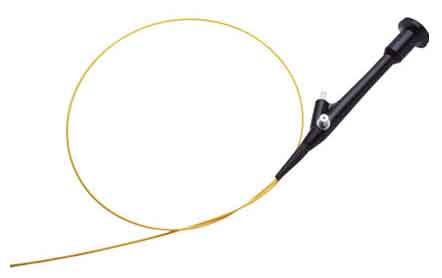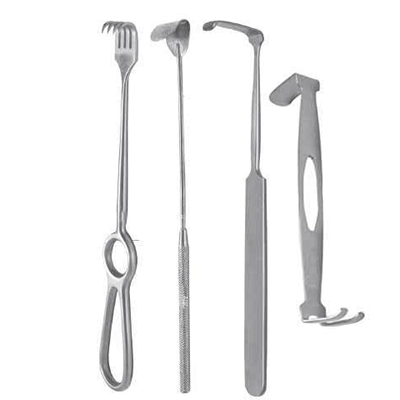An instrument utilized for substitution of endotracheal tubes where the interior diameter is three to five millimeters or greater. This instrument is for application with particular adapter and specified size or luer lock joints. It may have side ports situated away from center for extra airflow and centimeter grading to ease accurate embedding of reduced endotracheal tubes.
Soft-tipped airway exchange device is used during replacement of an orotracheal or nasotracheal tube in a patient with a fresh endotracheal tube. The device consists of a polymeric catheter apparatus devised for injection into a long narrow way of the endotracheal tube, for ventilating the person receiving it during substitution of the endotracheal tube. The catheter apparatus has a proximal section, a portion situated away and a ventilation long narrow way widening longitudinally in the place. The portion situated away has a stiffness which is lower than the stiffness of the proximal section.
Courtesy: Cediva
Airway exchange catheters can be produced to have almost any linear dimension. Normally, the length of the airway exchange catheter will be importantly larger than the linear dimension of the endotracheal tube to be substituted, to allow flexible holding of the catheter throughout the substitution process. Usually these catheters have a linear dimension between forty to hundred centimeters, the actual size being reliant in mostly upon the specifications of the patient and the specific endotracheal tube utilized throughout the ventilation process of the recipient.
Airway Exchange Catheter
-
Effectiveness During Substitution of Orotracheal tube
-
Effectiveness During Substitution of nasotracheal tube
4.5
Many traditional endotracheal tubes have an interior diameter between three and seven millimeters. Therefore, so as to permit consistent way of the airway exchange catheter via the endotracheal tube, an airway exchange catheter will usually have an exterior diameter of no greater than about two and seven tenths to six and seven tenths of millimeters, or alternatively it can be said it has minimal about three tenths millimeters lower than the interior diameter of the endotracheal tube. The interior diameter of the airway exchange catheter will normally be between about one and five tenth to six millimeters. These specifications are usual in the industry, and are not designed to exhibit limitations.


